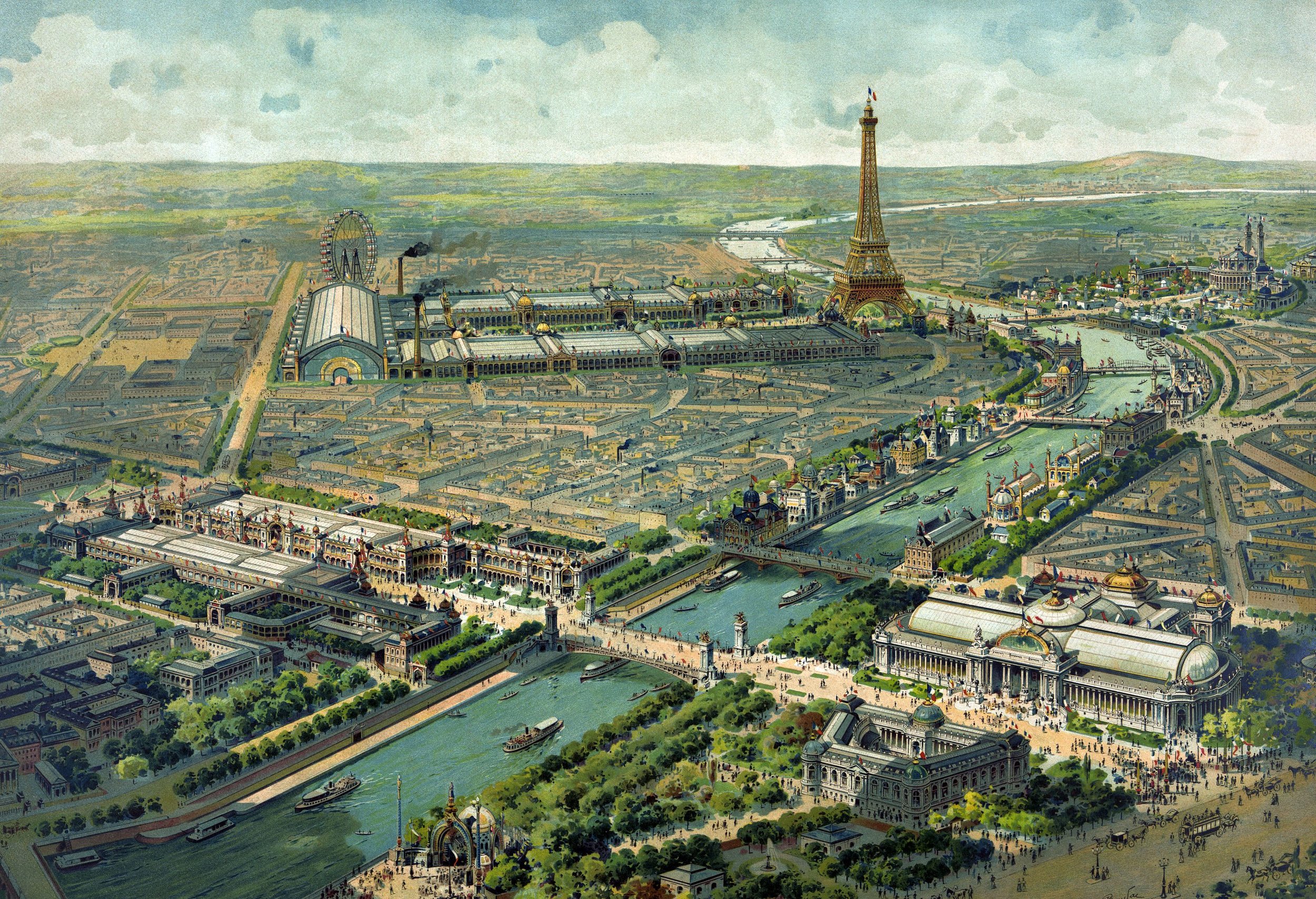By the end of the 19th century the art of the avant-garde positioned itself against the Academy and the establishment. American expatriate painter James McNeill famously removed traditional criteria for evaluating the worth of a painting--the amount of labor, the moral message, its adherence to conventional aesthetic laws--to claim value derived from his personal experience and expertise, with a goal of 'art for art's sake', and the aspiration that painting convey an experience equivalent to listening to music. In Paris, the center of Modernism, Impressionist painters of the 1870s painted "modern life", taking their subjects from the reconfigured streets of the city designed by Baron Haussmann. The phenomenon of the World's Fair shifted the idea of the spectacle from the streets to the fairgrounds and invited paying visitors to experience everything from fine art to colonial peoples hired to perform their indigenous culture in exhibits and theaters. As Debra Silverman has argued, the 1889 World's Fair, symbolized by the Eiffel Tower, reflected the optimistic embrace of technological progress. The 1900 World's Fair, however, manifested an ambivalent relationship between art and science, engineering and design, and colonial culture in a period of growing nationalism. Paris 1900 is a well-documented website by Arthur Chandler if you want to read more.
This image is available from the United States Library of Congress's Prints and Photographs division under the digital ID ppmsca.15645.
This tag does not indicate the copyright status of the attached work. A normal copyright tag is still required. See Commons:Licensing for more information.
